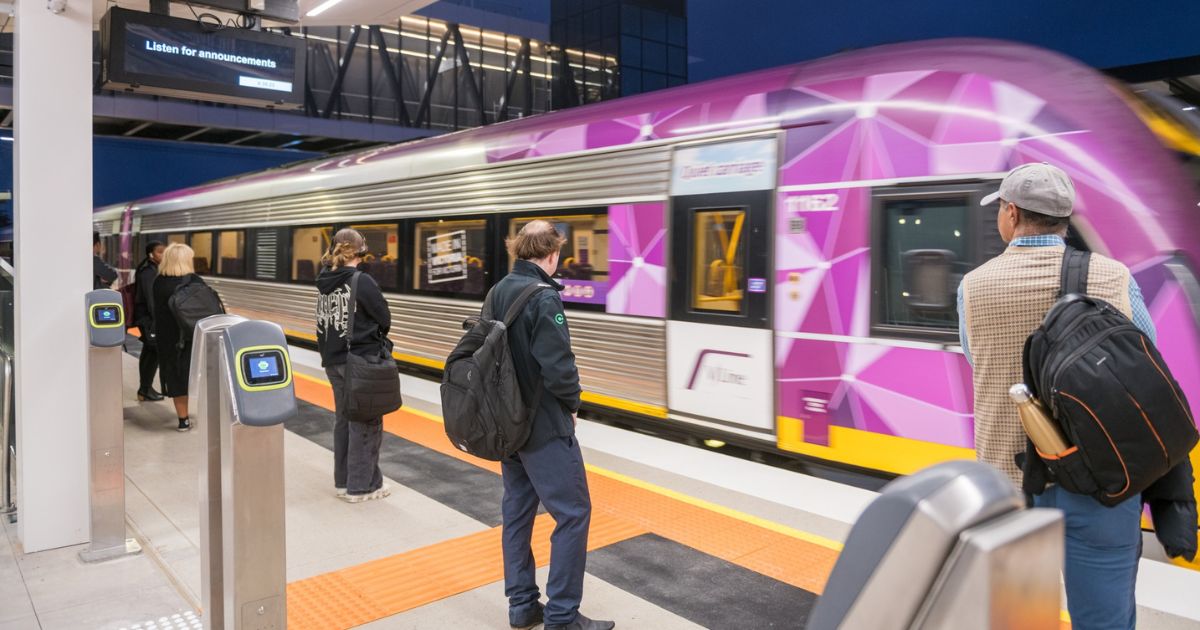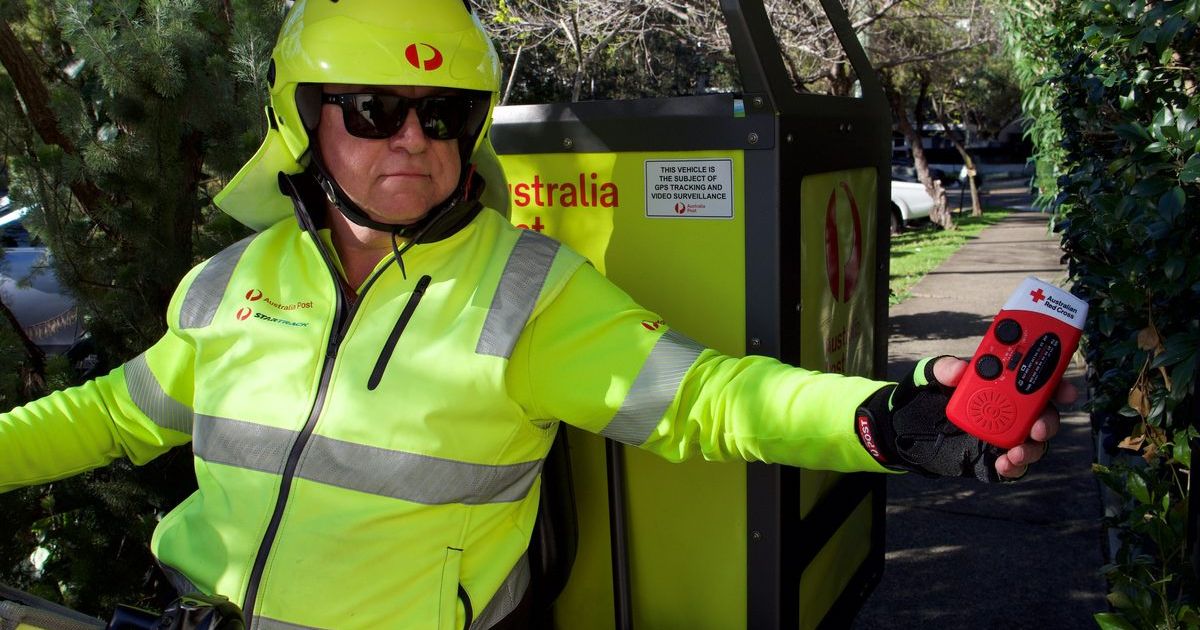More homes needed for established suburbs

Build up: Advisory body Infrastructure Victoria is calling on the State Government to do more to enable residential infill construction in Ballarat’s established suburbs. Photo: FILE
A NEW report from staff at Infrastructure Victoria is suggesting more homebuyers need to set up in Ballarat’s established areas in order to keep housing choices open.
Following a survey from 6000 homeowners throughout Ballarat, Melbourne and Geelong, Infrastructure Victoria’s CEO Dr Johnathan Spear said more centralised options are needed.
“Building more high quality, medium density housing in central Ballarat and its established neighbourhoods means more home choices close to jobs, services and existing infrastructure, at a price more people can afford,” he said.
“Households on moderate incomes, many of which are families and first home buyers, are being pushed further away from jobs, schools and public transport and increasing the demand for new infrastructure.
“To make buying a home possible and fairer for many more families and first home buyers, we must provide more affordable, high quality home choices in more central locations.”
Survey participants were asked about their immediate home preferences with one in four from Ballarat saying they’d trade a new-suburb-based home for a townhouse or low-rise apartment closer to the CBD.
The report, titled Our home choices: how more housing options can make better use of Victoria’s infrastructure, details 10 policy reforms for the State Government to potentially take on.
Options include a reform to the current infrastructure contribution system and stamp duty taxes, better accessing for children and parking, and the use of government shared equity schemes.
Dr Spear said the options in the report will help slow down the pace of developing suburbs for an increasing population.
“Our package of reforms will encourage more diversity of housing across Ballarat, other regional centres and greater Melbourne,” he said.
“More three to four-bedroom townhouses, units and low-rise apartments are needed to give many more Victorians more housing choices and the chance to live closer to jobs and existing infrastructure.
“Providing housing and infrastructure to Ballarat’s growing population is a significant challenge, but the government does have opportunities to influence where homes are built, and which suburbs people choose to call home.
“This will help make the most of the good infrastructure Ballarat already has and ease the pressure of delivering new infrastructure in the city’s fast growing new suburbs.”
According to their Today Tomorrow Together: The Ballarat Strategy plan, staff at the City of Ballarat aim to reach an equal balance between new housing in established suburbs and greenfield areas by 2040.
That same year, the city’s population is expected to have grown by 60,000.


















